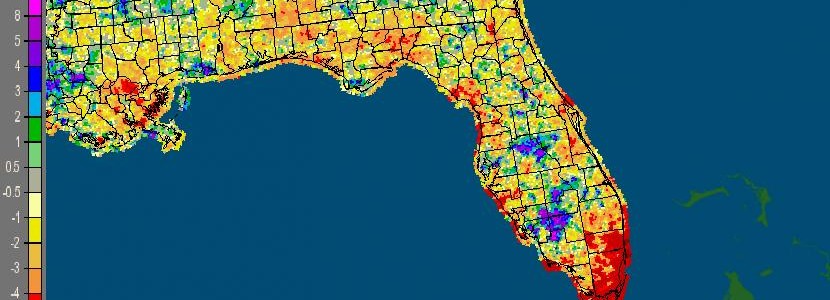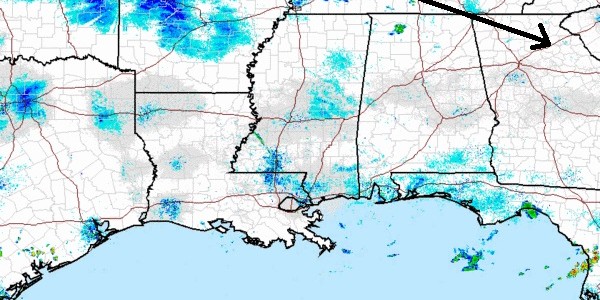-

The Florida Climate Center has released their monthly summary for June 2015. You can find it at https://climatecenter.fsu.edu/products-services/summaries/climate-summary-for-florida-june-2015.
Posted in: Climate summaries -

As expected, the tropical Atlantic Ocean has been quiet this hurricane season so far, due primarily to the influence of wind shear associated with the El Nino that is present in the Eastern Pacific Ocean. On the other hand, the warm ocean water in the Eastern Pacific Ocean is contributing to an active season there.…
-

You can read the latest summary of climate information for June for North Carolina at http://nc-climate.ncsu.edu/climateblog?id=140&h=5666e5c1.
Posted in: Climate summaries -

In the summer it is not unusual to see organized systems of thunderstorms move into the Southeast from the southern Plains. They often form at night and continue moving to the east or southeast during the next day. One came into the Southeast yesterday, and another is approaching our area today. But what are they?…
Posted in: Climate science -

Georgia’s Board of Natural Resources approved a new drought plan last week, according to Walter C. Jones of Morris News Service in this article from OnlineAthens.com. The drought plan was modified from an earlier drought plan that caused farmers and agribusinesses some concerns in the exceptional 2007-2009 drought in north Georgia. The new plan is…
-

Heat waves have been in the news lately, not only in the western US but also in Europe. One of the stories discusses a possible new high temperature record for the state of Washington, which is currently under strong high pressure and very warm temperatures while we cool off a bit in the Southeast. Cliff…
Posted in: Climate and Ag in the news -

Florida International University announced a new Spanish-language web site for hurricane preparedness this week. This web site provides information on preparation, taking care of pets in severe weather, protecting your property, and evacuation procedures as well as historical information on past hurricanes. You can find the site at https://huracanes.fiu.edu/.